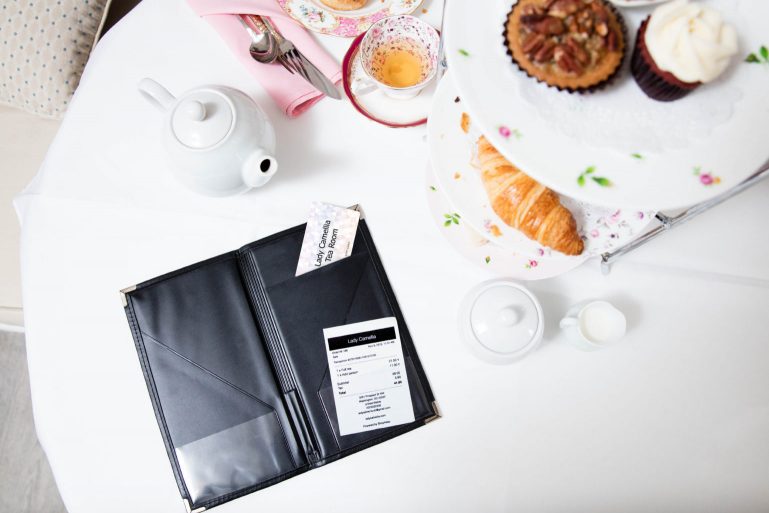
Order Up! Your Restaurant Menu Pricing Strategy
For anyone new to the restaurant business, figuring out menu pricing can be tricky. While Barclay Prime in Philadelphia manages to get away with charging $100 for a Philly cheesesteak, most restaurants will have more modest menu pricing for sandwiches.
At the other extreme, you may be tempted to simply compete with other local restaurants on pricing. While it may seem relatively safe, it’s not a recipe for success. What restaurant owners should really focus on is unique, high-quality service and food — and a restaurant menu pricing strategy that reflects that.
1. Figure out what makes your restaurant unique
This will guide your entire restaurant pricing strategy. Will your restaurant be a destination for special occasions? Family dining? The hottest foodie trends? Will you only serve locally sourced, organic food? Are you adamant about serving affordable, home-style meals? Your patrons will expect different menu pricing based on what your restaurant is all about.

2. Crunch your numbers
Whether you’ve opted to go upscale or down-home, your menu pricing needs to make financial sense. After all, you need to make a profit. Identify the following:
- Direct costs — This category includes ingredients and food waste associated with each restaurant menu item.
- Overhead costs — Include rent, utilities, payroll and other overhead costs.
- Preparation costs — While salaries for prep cooks and chefs will be accounted for in your overhead costs, consider pricing menu items with excessive labor requirements higher than those that can be whipped up quickly.Seasonal or volatile food costs — Are any of your ingredients subject to wild price swings? Do their costs vary due to seasons? Consider using a market price entry on your restaurant menus for items with large price swings or go with seasonal restaurant menus which allow for greater flexibility.
- Indirect costs — These are costs that aren’t associated with your overhead or production but can still have an impact on your restaurant menu pricing strategy. Consider adjusting your prices based on things like Advertising expenditures, especially in the beginning.
- Menu pricing ranges — Determine your break-even cost per menu item, factoring in all of the above. Now, what’s the absolute lowest price you could possibly charge and still break even and earn a little profit? What’s the highest price your customers will be willing to pay? This is your pricing range.

3. Choose the most appropriate price in your range
Do this without cutting your profit margins too thin or gouging your customers. This is a fine line to walk, and you may need to tweak prices periodically before getting it just right.
Accurate pricing is a key ingredient in your business strategy. Make sure to take the necessary steps outlined above to find your sweet spot when setting prices.
Want to try ShopKeep for yourself?
Just answer a few easy questions.
Need help finding the right point of sale?
Just complete the form. We’ll call you right back to explain how ShopKeep can work for you.
Hit the ground running.Sprinting, in fact!
Read our free, comprehensive guide, Small Business 101, to learn all you need to know about starting a thriving business.

